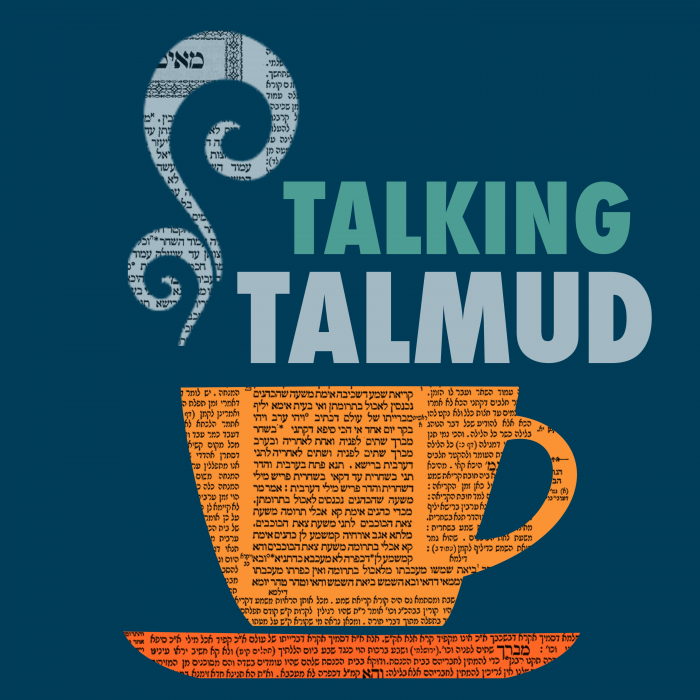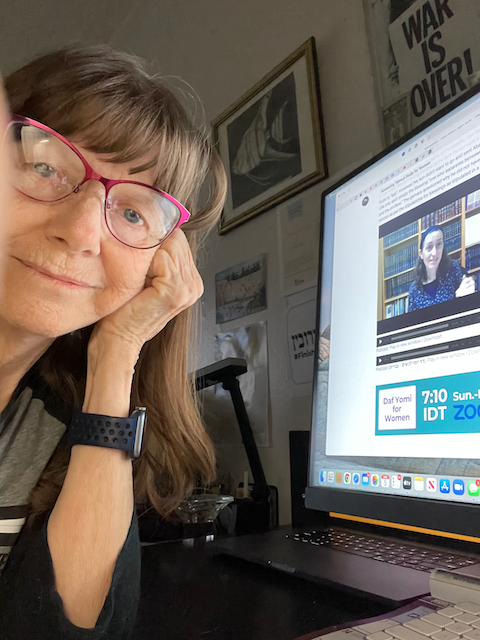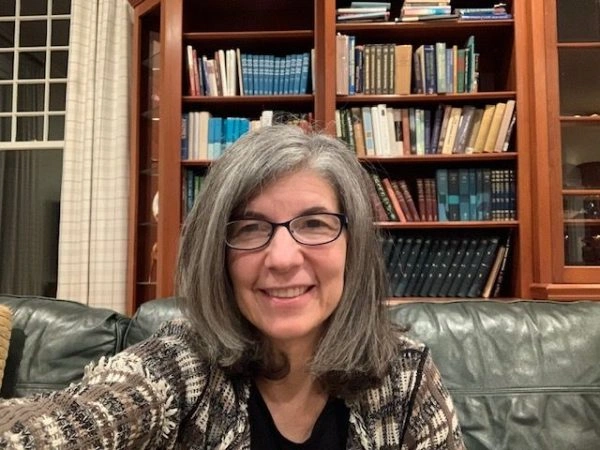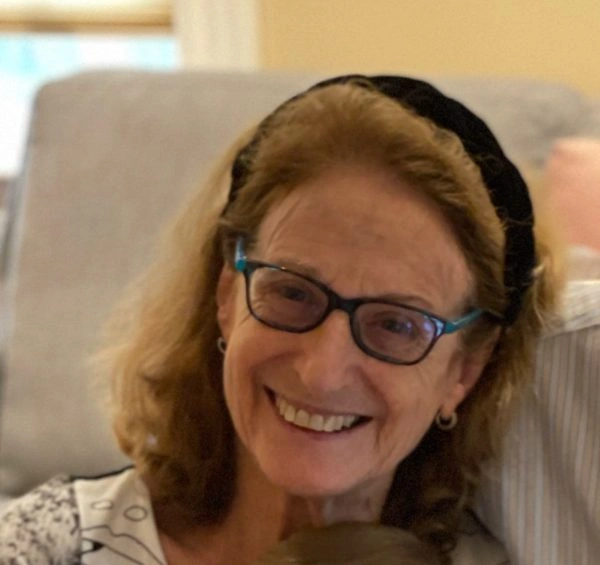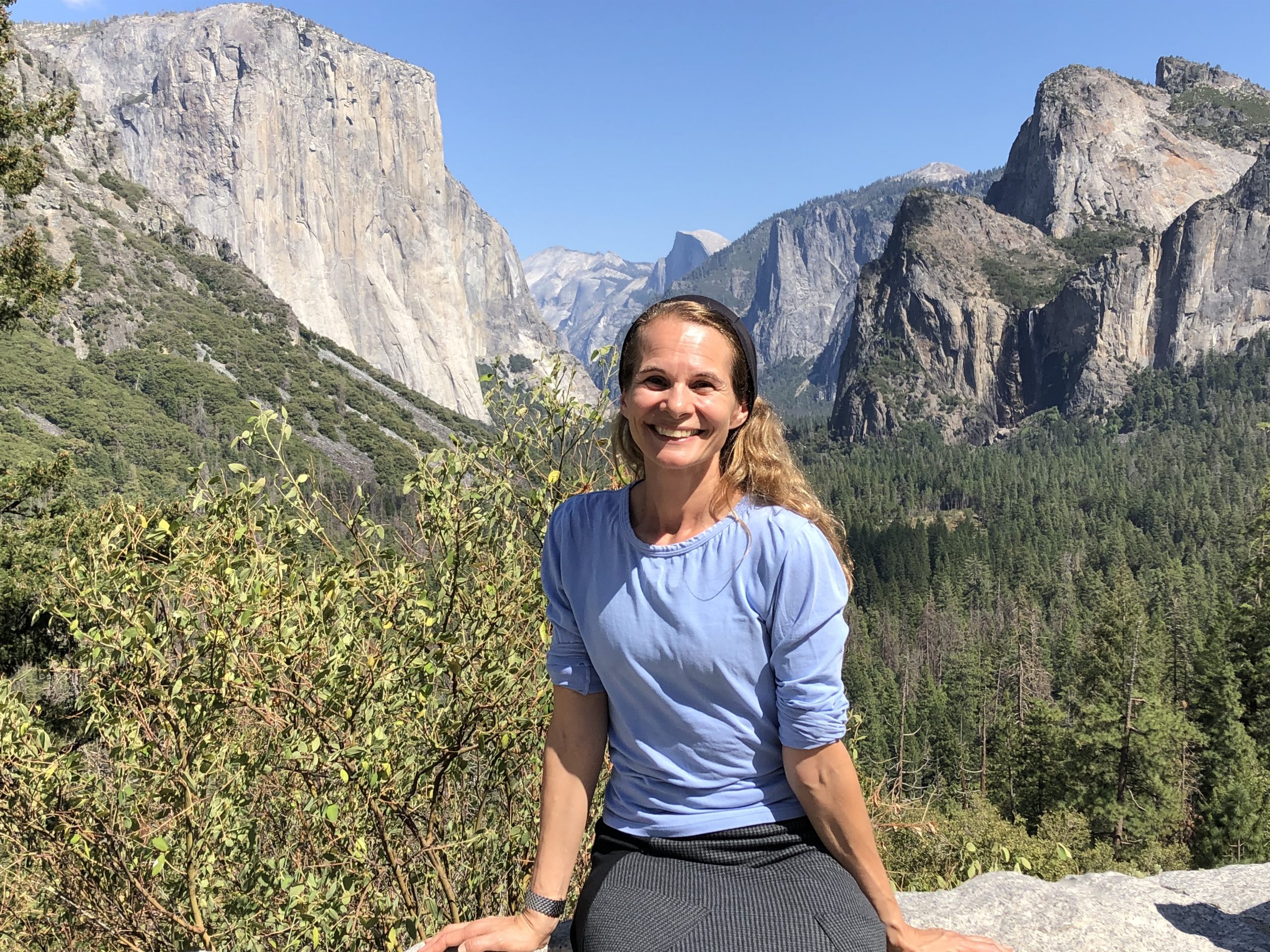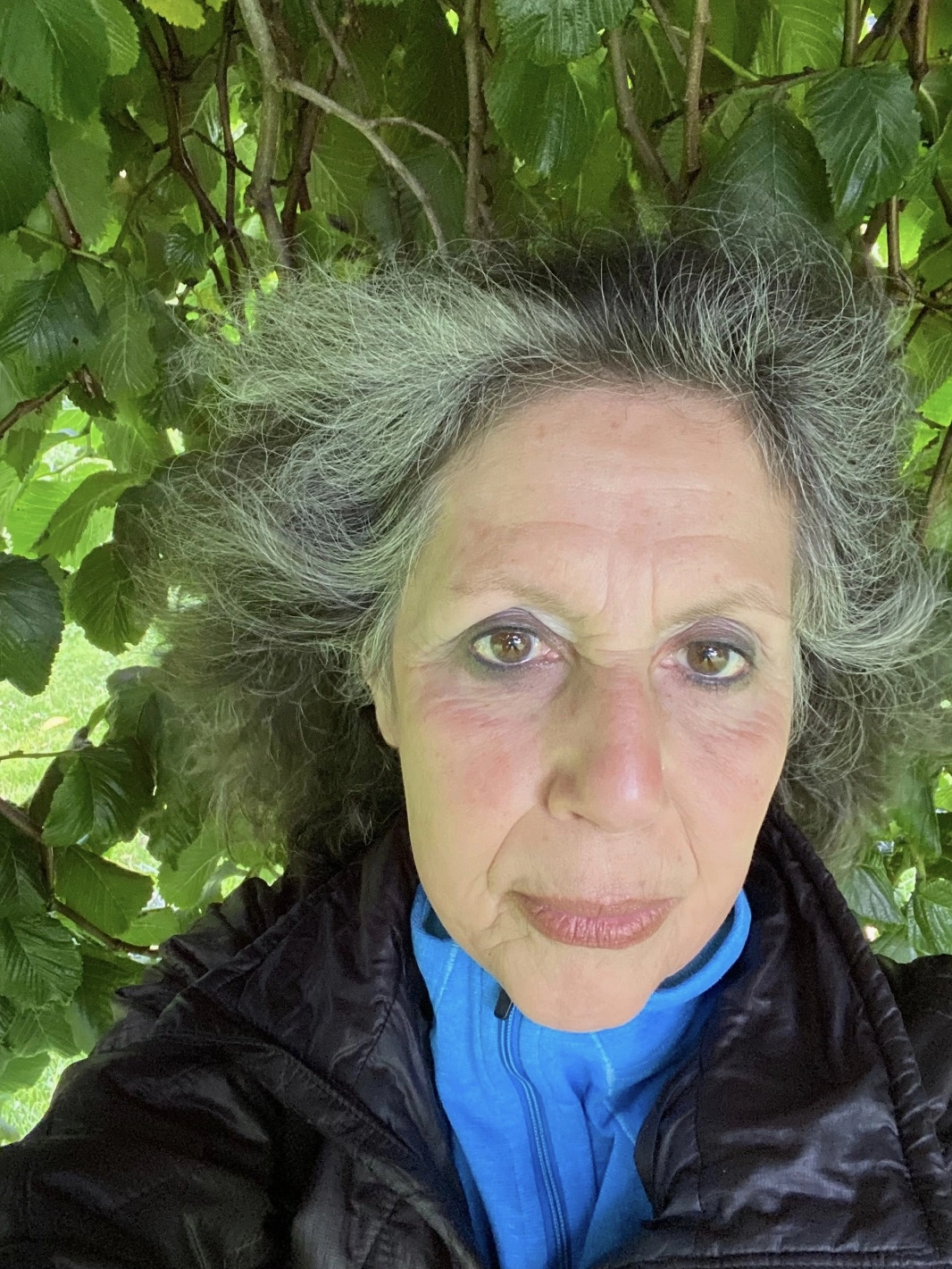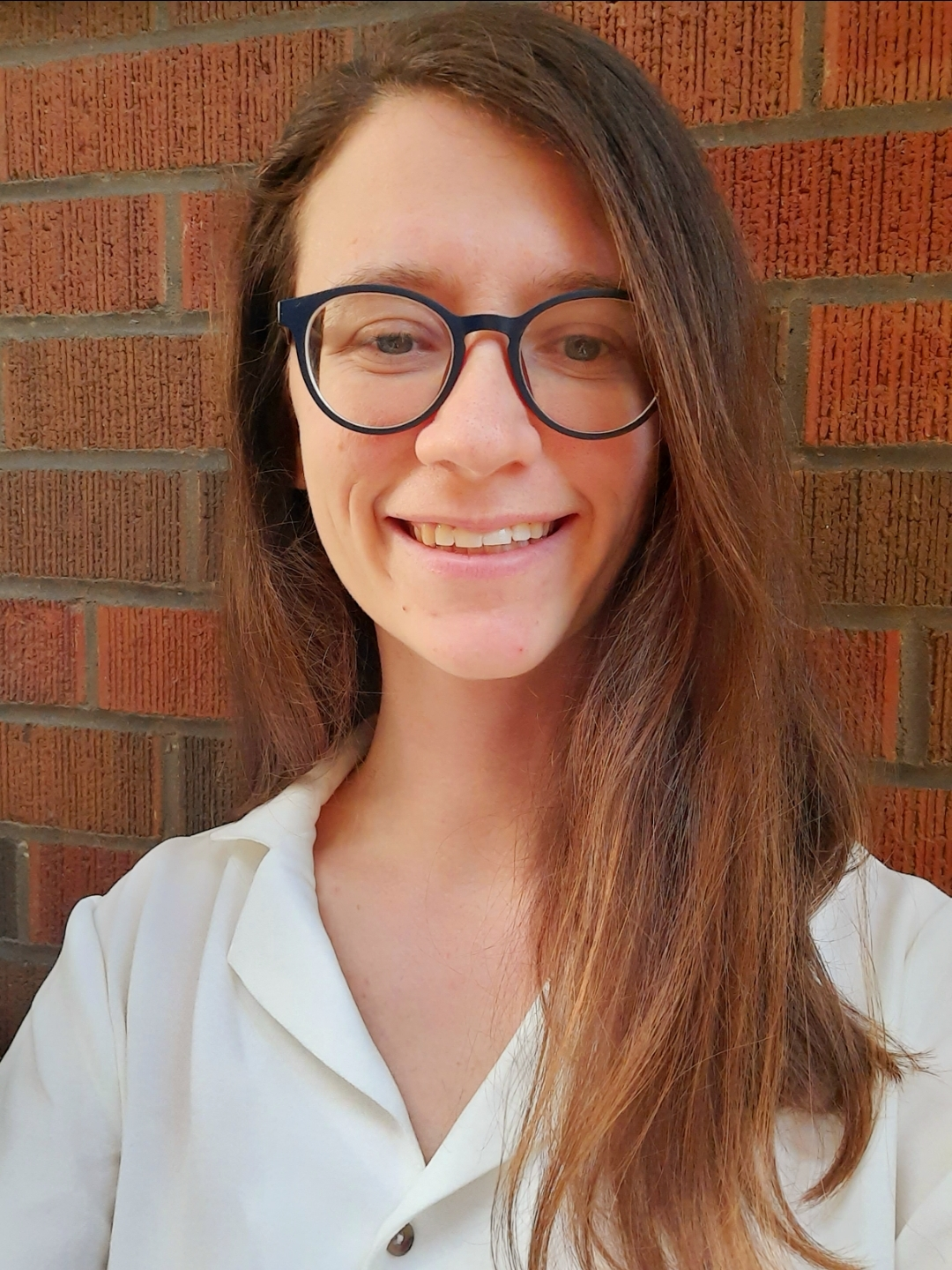Shevuot 5
רִיבּוּיֵי וּמִיעוּטֵי.
using the method of amplifications and restrictions.
אִין, בְּעָלְמָא כְּלָלֵי וּפְרָטֵי דָּרֵישׁ; וְהָכָא הַיְינוּ טַעְמָא – כִּדְתָנָא דְּבֵי רַבִּי יִשְׁמָעֵאל.
Ameimar answers: Yes, generally Rabbi Yehuda HaNasi expounds verses using the method of generalizations and details, but here, with regard to the redemption of the firstborn, this is the reason that he expounds the verses using the method of amplifications and restrictions: He holds in accordance with that which the school of Rabbi Yishmael taught.
דְּתָנָא דְּבֵי רַבִּי יִשְׁמָעֵאל: ״בְּמַיִם״ ״בַּמַּיִם״ שְׁנֵי פְּעָמִים – אֵין זֶה כְּלָל וּפְרָט, אֶלָּא רִיבָּה וּמִיעֵט.
As the school of Rabbi Yishmael taught: When defining which fish it is permitted to eat, the verse states: “This you may eat, from whatever is in the water, anything that has fins and scales in the water, in the seas and in the streams” (Leviticus 11:9). The verse first states the general term: “In the water,” “in the water,” mentioning it twice, and only afterward mentions the details, i.e., “in the seas and in the streams.” When the general and detailed phrases are ordered in this way, they are not expounded as a generalization and a detail, but rather as an amplification and a restriction. Similarly, although Rabbi Yehuda HaNasi generally expounds verses using the method of generalizations and details, with regard to the redemption of the firstborn, since the verse mentions the two general terms first and mentions the specific detail only afterward, he expounds it using the method of amplifications and restrictions.
וְרַבָּנַן – אָמַר רָבִינָא, כִּדְאָמְרִי בְּמַעְרְבָא: כׇּל מָקוֹם שֶׁאַתָּה מוֹצֵא שְׁתֵּי כְלָלוֹת הַסְּמוּכוֹת זֶה לָזֶה, הַטֵּל פְּרָט בֵּינֵיהֶן, וְדוּנֵם בִּכְלָל וּפְרָט.
The Gemara asks: And the Rabbis, why do they expound the verse about the redemption of a firstborn as a generalization and a detail? Ravina said: Like they say in the West, Eretz Yisrael: Wherever you find two generalizations juxtaposed to each other, followed by a specific detail, place the detail between the two generalizations and thereby expound them as a generalization and a detail followed by another generalization.
הַשְׁתָּא דְּאָמְרַתְּ רַבִּי כְּלָלֵי וּפְרָטֵי דָּרֵישׁ, בְּעַל כּוּרְחֵיךְ קַשְׁיָא שָׁבוּעוֹת! אֶלָּא בִּשְׁבוּעוֹת נָסֵיב אַלִּיבָּא דְּרַבִּי עֲקִיבָא, וְלֵיהּ לָא סְבִירָא לֵיהּ.
The Gemara concludes the question it asked earlier: Now that you said that Rabbi Yehuda HaNasi expounds verses using the method of generalizations and details, perforce the mishna’s ruling in the case of oaths is difficult, as it is derived by expounding the verse as an amplification and a restriction, and Rabbi Yehuda HaNasi does not generally expound verses in that manner. This contradicts Rav Kahana’s explanation that the mishna expresses Rabbi Yehuda HaNasi’s own opinion. Rather, one must say that with regard to oaths, Rabbi Yehuda HaNasi formulated the mishna in accordance with the opinion of Rabbi Akiva, but he himself does not hold accordingly.
גּוּפָא – מִנַּיִן שֶׁאֵינוֹ חַיָּיב אֶלָּא עַל שֶׁיֵּשׁ בָּהּ יְדִיעָה בַּתְּחִלָּה וִידִיעָה בַּסּוֹף וְהֶעְלֵם בֵּינָתַיִם? תַּלְמוּד לוֹמַר: ״וְנֶעְלַם״ ״וְנֶעְלַם״ שְׁנֵי פְּעָמִים. דִּבְרֵי רַבִּי עֲקִיבָא.
§ Above (4a), the Gemara cited a baraita. Now the Gemara analyzes the matter itself. The baraita states: From where is it derived that one is liable to bring a sliding-scale offering only for cases in which he had awareness at the beginning and awareness at the end, but had a lapse of awareness in between, when he actually transgressed? The verse states with regard to a person’s awareness of the fact that he was impure: “And it was concealed,” “and it was concealed,” mentioning it twice (Leviticus 5:2–3). The first mention teaches that one is liable only if during the transgression he was unaware of his status, and the second mention teaches that one is liable only if he had awareness of his status before the transgression. This is the statement of Rabbi Akiva.
רַבִּי אוֹמֵר: אֵינוֹ צָרִיךְ, הֲרֵי הוּא אוֹמֵר ״וְנֶעְלַם״ – מִכְּלָל שֶׁיָּדַע, ״וְהוּא יָדַע״ – הֲרֵי כָּאן שְׁתֵּי יְדִיעוֹת. אִם כֵּן, מָה תַּלְמוּד לוֹמַר: ״וְנֶעְלַם״? לְחַיֵּיב עַל הֶעְלֵם טוּמְאָה וְעַל הֶעְלֵם מִקְדָּשׁ.
The baraita continues: Rabbi Yehuda HaNasi says: This proof is not necessary, as it states in the same verse: “And it was concealed,” which indicates, by inference, that initially he had been aware; and nevertheless the verse continues to state: “And he was aware.” It emerges, then, that the verse refers here to two different periods of awareness, one before the transgression and one afterward. But if so, why must the verse state: “And it was concealed,” a second time? It is in order to render one liable both for a violation due to a lapse of awareness of the fact that he was ritually impure and for a violation due to a lapse of awareness of the fact that the place he entered was actually the Temple.
אָמַר מָר: ״וְנֶעְלַם״ – מִכְּלָל שֶׁיָּדַע. מַאי מַשְׁמַע? אָמַר רָבָא: מִדְּלָא כְּתִיב ״וְהִיא עֲלוּמָה מִמֶּנּוּ״.
The Master said in that baraita: The verse states: “And it was concealed,” which indicates, by inference, that initially he had been aware. The Gemara asks: From where is this inferred? Rava said: From the fact that it is not written: And it is concealed from him, which would have been the appropriate formulation had he never been aware of the matter at all. Accordingly, the phrase “and it was concealed” is to be understood as referring to a case in which he had been initially aware.
אֲמַר לֵיהּ אַבָּיֵי: אֶלָּא מֵעַתָּה, גַּבֵּי סוֹטָה דִּכְתִיב: ״וְנֶעְלַם מֵעֵינֵי אִישָׁהּ״ – מִכְּלַל דְּהָוֵי יָדַע מֵעִיקָּרָא?! אִי הֲוָה יָדַע, מִי בָּדְקוּ לַהּ מַיָּא?
Abaye said to him: If that is so, then you should also make a similar inference with regard to a suspected adulteress [sota], as it is written that she is liable to undergo the ordeal of drinking the bitter waters when “a man lay with her carnally, and it was concealed from the eyes of her husband” (Numbers 5:13). This would indicate, by inference, that initially he had been aware of the fact that his wife committed adultery. Abaye explains the difficulty: If he was actually aware that his wife had committed adultery, would the bitter waters have the power to examine her?
וְהָא תַּנְיָא: ״וְנִקָּה הָאִישׁ מֵעָוֹן וְהָאִשָּׁה הַהִוא תִּשָּׂא אֶת עֲוֹנָהּ״ – בִּזְמַן שֶׁהָאִישׁ מְנוּקֶּה מֵעָוֹן, הַמַּיִם בּוֹדְקִין אֶת אִשְׁתּוֹ; אֵין הָאִישׁ מְנוּקֶּה מֵעָוֹן, אֵין הַמַּיִם בּוֹדְקִין אֶת אִשְׁתּוֹ!
But isn’t it taught in a baraita: The verse states with regard to a case in which she is found guilty: “And the husband will be free of sin and the wife shall bear her sin” (Numbers 5:31). This verse teaches that only when the husband is free of sin, the water examines his wife, but if the husband is not free of sin, the water does not examine his wife. If the husband had been aware that his wife had committed adultery, then she is forbidden to him and he is required to divorce her. The fact he did not divorce her is considered a sin; consequently, the waters cannot examine his wife.
וְתוּ, גַּבֵּי תוֹרָה דִּכְתִיב: ״וְנֶעֶלְמָה מֵעֵינֵי כׇל חָי וּמֵעוֹף הַשָּׁמַיִם נִסְתָּרָה״ – מִכְּלָל דְּאִיכָּא דַּהֲוָה יָדַע בֵּיהּ? וְהָכְתִיב: ״לֹא יָדַע אֱנוֹשׁ עֶרְכָּהּ״!
Abaye presents another difficulty to Rava: And furthermore, according to your understanding, you should also make a similar inference with regard to Torah, as it is written: “And it was concealed from the eyes of all living creatures, and from those that soar in the heavens it was hidden” (Job 28:21), which would indicate, by inference, that initially there was someone who was aware of the Torah. But isn’t it written: “No man knew its value, and it is not known in the land of the living” (Job 28:13)?
אֶלָּא אָמַר אַבָּיֵי: קָסָבַר רַבִּי, יְדִיעַת בֵּית רַבּוֹ שְׁמָהּ יְדִיעָה.
Rather, Abaye said: The formulation of the verse does not indicate that he actually realized he was impure; it indicates only that he was initially aware of the fact that he had come into contact with a source of impurity, but he failed to reach the obvious conclusion that he was thereby rendered impure. And Rabbi Yehuda HaNasi holds that the elementary knowledge of the halakhot of ritual impurity that a person gained in his childhood from his school is sufficient, in light of his awareness of the fact he came into contact with a source of impurity, to be considered awareness of the fact that he was impure, and thereby render him liable to bring a sliding-scale offering.
אֲמַר לֵיהּ רַב פָּפָּא לְאַבָּיֵי: אֶלָּא דְּקָתָנֵי ״אֵין בָּהּ יְדִיעָה בַּתְּחִלָּה וְיֵשׁ בָּהּ יְדִיעָה בַּסּוֹף״ – מִי אִיכָּא דְּלֵית לֵיהּ יְדִיעַת בֵּית רַבּוֹ? אָמַר לֵיהּ: אִין, מַשְׁכַּחַתְּ לַהּ בְּתִינוֹק שֶׁנִּשְׁבָּה לְבֵין הַגּוֹיִם.
Rav Pappa said to Abaye: But how can you explain the halakha that is taught in the mishna: For cases in which he did not have awareness at the beginning but had awareness at the end? According to your explanation, is there anyone who does not have the elementary knowledge of the halakhot of ritual impurity that he gained from his school? Abaye said to him: Yes, you find it in the case of a child who was taken captive among gentiles, who never received even the most elementary level of knowledge.
יְצִיאוֹת שַׁבָּת שְׁתַּיִם שֶׁהֵן אַרְבַּע. תְּנַן הָתָם: יְצִיאוֹת שַׁבָּת – שְׁתַּיִם שֶׁהֵן אַרְבַּע בִּפְנִים, וּשְׁתַּיִם שֶׁהֵן אַרְבַּע בַּחוּץ. מַאי שְׁנָא הָכָא דִּתְנָא ״שְׁתַּיִם שֶׁהֵן אַרְבַּע״ וְתוּ לָא, וּמַאי שְׁנָא הָתָם דְּתָנֵי ״שְׁתַּיִם שֶׁהֵן אַרְבַּע בִּפְנִים וּשְׁתַּיִם שֶׁהֵן אַרְבַּע בַּחוּץ״?
§ The mishna states (2a): With regard to acts of carrying out that are prohibited on Shabbat, there are two types that are four. We learned in a mishna there (Shabbat 2a): With regard to acts of carrying out that are prohibited on Shabbat, there are primarily two basic actions that are four cases with regard to transferring an item inside, to a private domain; and two basic actions that are four cases with regard to transferring an item outside, to a public domain. The Gemara asks: What is different here that the mishna teaches: There are two types that are four, and nothing more; and what is different there, in tractate Shabbat, that the mishna teaches: There are two actions that are four cases with regard to transferring an item inside, to a private domain, and two actions that are four cases with regard to transferring an item outside, to a public domain?
הָתָם דְּעִיקַּר שַׁבָּת הוּא, תָּנֵי אָבוֹת וְתוֹלָדוֹת. הָכָא דְּלָאו עִיקַּר שַׁבָּת הוּא – אָבוֹת תָּנֵי, וְתוֹלָדוֹת לָא תָּנֵי.
The Gemara answers: There, in tractate Shabbat, which is where the main discussion of the halakhot of Shabbat is found, the mishna teaches both the primary categories and the subcategories of labor prohibited on Shabbat. But here, in tractate Shevuot, which does not contain the main discussion of the halakhot of Shabbat, the mishna teaches the primary categories of labor prohibited on Shabbat but does not teach the subcategories of labor.
אָבוֹת מַאי נִינְהוּ – יְצִיאוֹת; יְצִיאוֹת תַּרְתֵּי הָוְיָין!
The Gemara asks: What are the primary categories of transferring an item on Shabbat? They are acts of carrying out from the private domain to the public domain. The Gemara objects: But the acts of carrying out are only two in number, i.e., where the carrying out is done by someone standing in the private domain and when it is done by someone in the public domain. Why then does the mishna state that there are four cases?
וְכִי תֵּימָא: מֵהֶן לְחִיּוּב וּמֵהֶן לִפְטוּר; וְהָא דּוּמְיָא דְּמַרְאוֹת נְגָעִים קָתָנֵי – מָה הָתָם כּוּלְּהוּ לְחִיּוּבָא, אַף הָכָא כּוּלְּהוּ לְחִיּוּבָא!
And if you would say that the mishna enumerates four types of carrying out, among them those for which there is liability and among them those for which there is exemption, that is not feasible, as doesn’t the mishna teach this case as similar to the different shades of leprous marks? This would indicate that just as there, all four of them are types for which there is liability, so too here, with regard to carrying out on Shabbat, all four of them are types for which there is liability.
אֶלָּא אָמַר רַב פָּפָּא: הָתָם דְּעִיקַּר שַׁבָּת, תָּנֵי חִיּוּבֵי וּפְטוּרֵי; הָכָא, חִיּוּבֵי תָּנֵי וּפְטוּרֵי לָא תָּנֵי.
Rather, Rav Pappa said that the difference between the manner in which the halakha is cited in tractates Shevuot and Shabbat must be understood as follows: There, in tractate Shabbat, which contains the main discussion of the halakhot of Shabbat, the mishna teaches both cases of liability and cases of exemption. But here, in tractate Shevuot, which does not contain the main discussion of the halakhot of Shabbat, the mishna teaches only cases of liability but does not teach cases of exemption.
חִיּוּבֵי מַאי נִינְהוּ – יְצִיאוֹת; יְצִיאוֹת תַּרְתֵּי הוּא דְּהָוְיָין! שְׁתַּיִם דְּהוֹצָאָה וּשְׁתַּיִם דְּהַכְנָסָה.
The Gemara asks: What are the cases of liability? They are acts of carrying out from the private domain to the public domain. The Gemara objects: But the acts of carrying out are only two in number. Why then does the mishna state that there are four cases? The Gemara explains: There are two cases of carrying out an item from a private domain to a public domain and two more cases of bringing in an item from a public domain to a private domain.
וְהָא ״יְצִיאוֹת״ קָתָנֵי! אָמַר רַב אָשֵׁי: תַּנָּא, הַכְנָסָה נָמֵי ״הוֹצָאָה״ קָרֵי לַהּ. מִמַּאי?
The Gemara objects: But the mishna teaches: Acts of carrying out. It does not appear to mention acts of bringing in at all. Rav Ashi said: The tanna also refers to an act of bringing in an item as an act of carrying out an item. The Gemara asks: From where do we know this?
דִּתְנַן: הַמּוֹצִיא מֵרְשׁוּת לִרְשׁוּת חַיָּיב. מִי לָא עָסְקִינַן דְּקָא מְעַיֵּיל עַיּוֹלֵי – וְקָא קָרֵי לֵיהּ ״הוֹצָאָה״?
It is as we learned in a mishna (Shabbat 73a): One who carries out an item from one domain to another domain is liable. The Gemara claims: Are we not also dealing with a case where he is bringing it in from a public domain to a private domain, and nevertheless the mishna refers to it as carrying out?
וְדִלְמָא קָא מַפֵּיק מֵרְשׁוּת הַיָּחִיד לִרְשׁוּת הָרַבִּים? אִם כֵּן, נִיתְנֵי ״הַמּוֹצִיא מֵרְשׁוּת הַיָּחִיד לִרְשׁוּת הָרַבִּים״; מַאי ״מֵרְשׁוּת לִרְשׁוּת״? דַּאֲפִילּוּ מֵרְשׁוּת הָרַבִּים לִרְשׁוּת הַיָּחִיד,
The Gemara questions this assertion: But perhaps the mishna is dealing with a case of carrying out an item from a private domain to a public domain. The Gemara defends its claim: If so, let it instead teach: One who carries out an item from a private domain to a public domain is liable. What is the reason it used the more generalized formulation: From one domain to another domain? To teach that one is liable even if one transfers an item from a public domain to a private domain.
וְקָא קָרֵי לַהּ ״הוֹצָאָה״. וְטַעְמָא מַאי? תַּנָּא, כׇּל עֲקִירַת חֵפֶץ מִמְּקוֹמוֹ – ״הוֹצָאָה״ קָרֵי לַהּ.
The Gemara explains further: Even though the mishna addresses carrying an item in from a public domain to a private domain, it refers to it as carrying out. The Gemara explains: What is the reason for this? The tanna refers to any act that involves removal of an item from its place as carrying out. Accordingly, the term can appropriately be used even when an item is brought in to a private domain from a public domain.
אָמַר רָבִינָא: מַתְנִיתִין נָמֵי דַּיְקָא, דְּקָתָנֵי: ״יְצִיאוֹת שַׁבָּת שְׁתַּיִם שֶׁהֵן אַרְבַּע בִּפְנִים וּשְׁתַּיִם שֶׁהֵן אַרְבַּע בַּחוּץ״, וְקָא מְפָרֵשׁ הַכְנָסָה. שְׁמַע מִינַּהּ.
Ravina said: The language of the mishna in tractate Shabbat is also precise in indicating this, as it teaches: With regard to acts of carrying out [yetziyyot] that are prohibited on Shabbat, there are primarily two basic actions that are four cases from the perspective of a person inside a private domain, and two basic actions that are four cases from the perspective of a person outside, in a public domain. And then, immediately, in the continuation of that mishna, it explicates the cases of bringing in an item. Conclude from it that the term: Carrying out, is also used to refer to bringing in an item.
רָבָא אָמַר: רְשׁוּיוֹת קָתָנֵי – רְשׁוּיוֹת שַׁבָּת שְׁתַּיִם.
Rava said: One cannot make any inference from the language of the mishna, as it is not referring to acts of carrying out. Rather, it teaches domains. In other words, it means: With regard to the domains of Shabbat there are two types, the existence of which leads to four types of prohibited transfers, two with regard to carrying out and two with regard to bringing in.
מַרְאוֹת נְגָעִים שְׁנַיִם שֶׁהֵן אַרְבָּעָה. תְּנַן הָתָם: מַרְאוֹת נְגָעִים – שְׁנַיִם שֶׁהֵן אַרְבָּעָה: בַּהֶרֶת – עַזָּה כַּשֶּׁלֶג, שְׁנִיָּה לָהּ – כְּסִיד הַהֵיכָל,
§ The mishna teaches: With regard to different shades of leprous marks, there are two types that are actually four. We learned in a mishna there (Nega’im 1:1): With regard to different shades of leprous marks, there are two types that are actually four: The baheret, mentioned in the Torah (see Leviticus 13:2), is considered a primary mark; it is an intense white, like snow. Secondary to it, i.e., a sub-category of it, is a mark that is white like the lime plaster of the Sanctuary walls.
שְׂאֵת – כְּצֶמֶר לָבָן, שְׁנִיָּה לָהּ – כִּקְרוּם בֵּיצָה.
That mishna continues: The se’et mentioned in the Torah is considered a primary mark; it is like white wool. Secondary to it is a mark that is white like the membrane of an egg. The ordering of different shades is relevant in determining which shades can be combined together. In order for a leprous mark to be halakhically significant, it must at least be the size of a split Cilician bean [geris]. If a mark is that size, but it is composed of different shades of white, none of which is alone the size of a geris, then if the different shades are compatible they can combine together and will thereby render the person ritually impure.
אָמַר רַבִּי חֲנִינָא: מַאן תַּנָּא מַרְאוֹת נְגָעִים? דְּלָא כְּרַבִּי עֲקִיבָא. דְּאִי רַבִּי עֲקִיבָא, כֵּיוָן דְּאָמַר: זוֹ לְמַעְלָה מִזּוֹ וְזוֹ לְמַעְלָה מִזּוֹ, אִם כֵּן טִיהַרְתָּ סִיד הֵיכָל מִלְּצָרֵף.
Rabbi Ḥanina said: Who is the tanna who taught this mishna, which delineates the different shades of leprous marks into two groups? It is not in accordance with the opinion of Rabbi Akiva. As if it were in accordance with the opinion of Rabbi Akiva one would be presented with a difficulty: Since with regard to which shades can combine together, Rabbi Akiva says: The different shades should be ordered this one above this one, and that one above that one, i.e., according to their degrees of brightness, from the most bright to the darkest shade, as follows: Snow white, i.e., baheret; wool white, i.e., se’et; lime; and egg membrane; and only two adjacent shades can combine together. But if so, you have rendered pure a mark that is white like the lime plaster of the Sanctuary walls and is smaller than a geris, as it cannot be combined with any other shade of white.
בַּהֲדֵי מַאן לִיצָרְפֵיהּ? לִיצָרְפֵיהּ בַּהֲדֵי בַּהֶרֶת – אִיכָּא שְׂאֵת דַּעֲדִיפָא מִינֵּיהּ. לִיצָרְפֵיהּ בַּהֲדֵי שְׂאֵת – לָאו תּוֹלָדָה דִּידֵיהּ הוּא.
The Gemara explains: With which other shade could we combine the lime-colored mark? We cannot say: Let us combine it together with a snow-white baheret, which is the primary mark relative to a lime-colored mark, as there is a wool-white se’et, which is a more bright white than a lime-colored mark but less bright than snow white. Since baheret is not adjacent to lime it cannot combine with it. We cannot say: Let us combine it together with a se’et, as a lime-colored mark is not its secondary mark and a primary mark can combine only with its secondary mark. This is difficult because the mishna’s categorization of a lime-colored mark as a secondary mark indicates that it can be combined with another shade of white. Perforce, the mishna is not in accordance with the opinion of Rabbi Akiva.
אִי הָכִי, קְרוּם בֵּיצָה נָמֵי – בַּהֲדֵי מַאן לִיצָרְפֵיהּ? לִיצָרְפֵיהּ בַּהֲדֵי שְׂאֵת – אִיכָּא סִיד דַּעֲדִיף מִינֵּיהּ, לִיצָרְפֵיהּ בַּהֲדֵי סִיד – לָאו בַּר מִינֵיהּ הוּא!
The Gemara asks: If that is so, that Rabbi Akiva holds that only adjacent shades of white can combine together, why didn’t Rabbi Ḥanina also bring proof from a mark that is white like the membrane of an egg, as with which other shade could we combine it? We cannot say: Let us combine it together with a wool-white se’et, which is the primary mark relative to an egg membrane–colored mark, as there is a lime-colored mark, which is a more bright white than an egg membrane–colored mark but less bright that wool white. Since se’et is not adjacent to egg membrane it cannot combine with it. We cannot say: Let us combine it together with a lime-colored mark, as it is not its type, i.e., they are not of the same category, and so they cannot combine.



